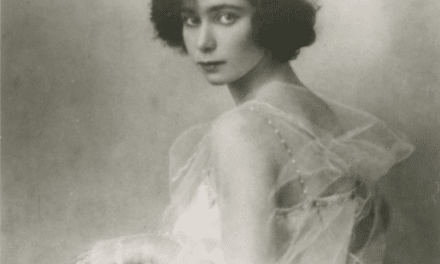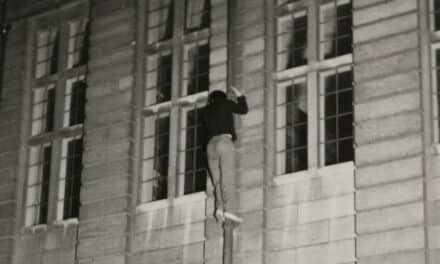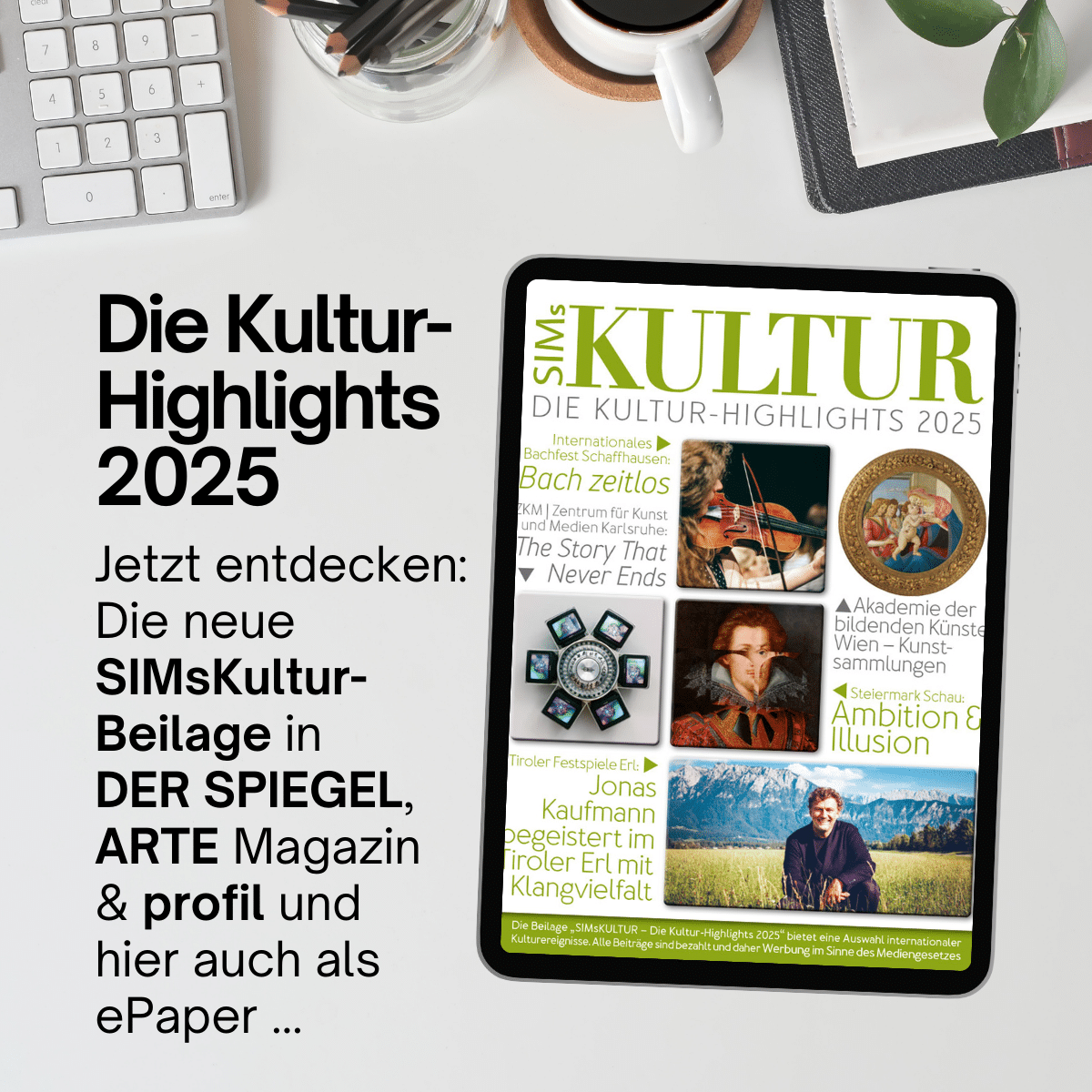Max Ernst occupies a prominent position in the art of Dadaism and Surrealism. His name stands for transgressive works that combine dream and reality. The exhibition "FOTOGAGA. Max Ernst and photography. A Guest of the Würth Collection" is the first to search for points of contact between his work and photography. To mark the centenary of Surrealism, the Museum of Photography is showing is showing a representative overview of Max Ernst's works from the Würth Collection.
Max Ernst and photography - an unusual connection
The art of Max Ernst (1891-1976) emerged at a time of a new, creative approach to photography. Snapshots, scientific photographs and images of war machines not only provided him with inspiration, but also served as working material, especially for his collages. His work was significantly influenced by the technical and artistic developments in the medium of photography. He used photographic reproduction techniques to increase the visual impact of his works: enlargements made his small-format collages stand up to paintings in exhibitions. The production of photo postcards of the collages ensured that the works could be distributed quickly and easily. The inversion of the tonal values in the photogram enhanced the effect of his frottages.

Max Ernst: Lichtrad / la roue de la lumière, from: Histoire Naturelle, sheet 29, 1926. collotype after frottage, 32.5 x 50 cm. Würth Collection © VG Bild-Kunst, Bonn 2024
100 years of Surrealism
Around 270 works are on display, mainly works on paper, but also paintings by Max Ernst as well as photographs, photograms, collages and illustrated books by his Surrealist contemporaries. Although they were all explicitly concerned not with banal reality, but with what lies beneath, behind and in between, the still relatively new medium of photography was of great importance to many of them. Not least, they used it to make visible what remains hidden to the naked eye without technical aids: the distant, the tiny, the moving.
October 18, 2024 to April 27, 2025

















